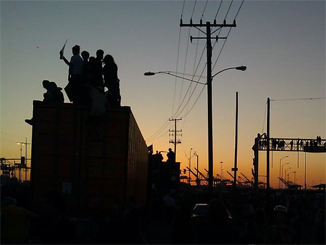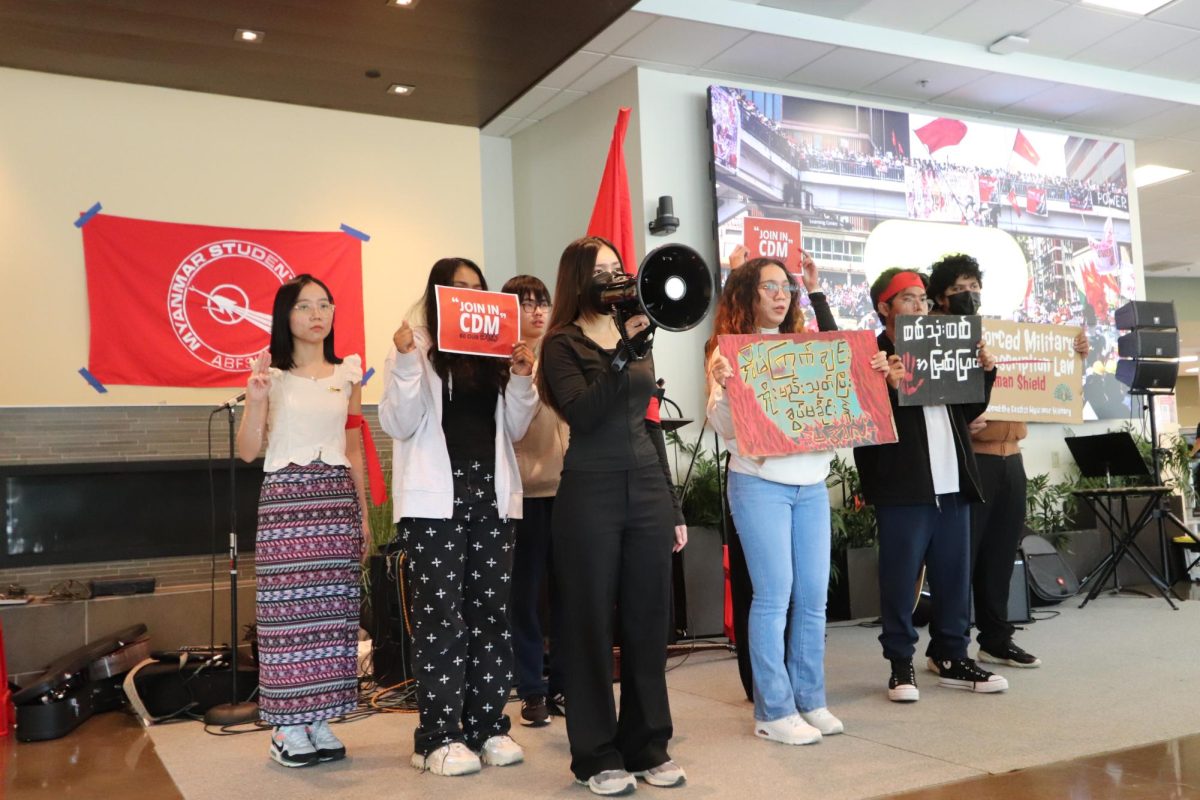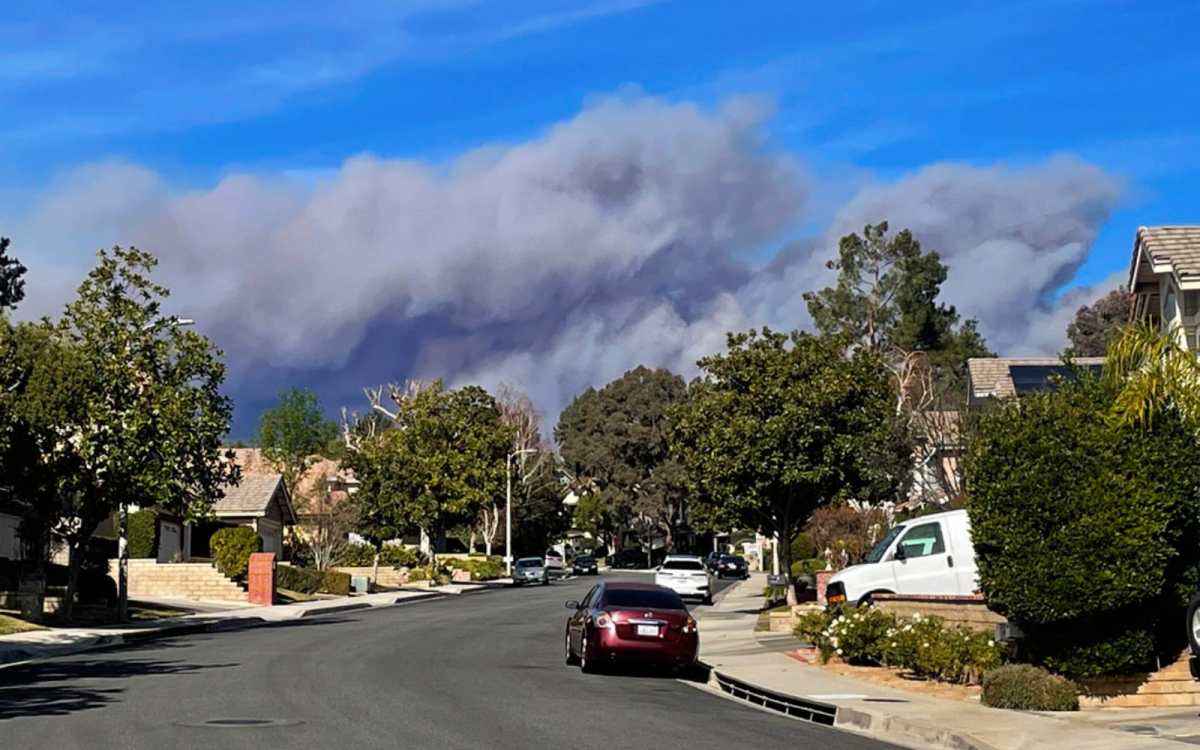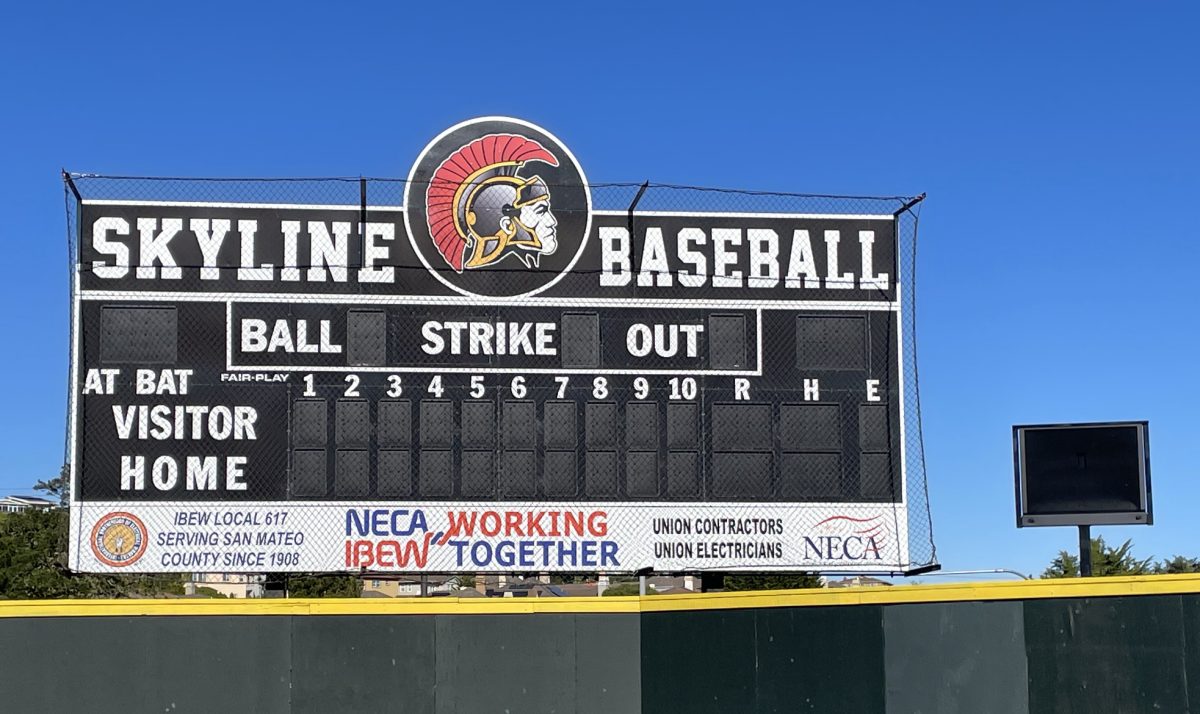The occupy protests around the country continue, and students around the country are
marching for their future and to fight perceived inequalities, but students and recent graduates aren’t the only ones who are involved in the protests. Even professors and people who work in the area were involved in the protests.
A negative image has been painted by many media outlets about who the movement is, but if you go for yourself, you’ll see a large variety of people. San Francisco and Oakland are the two local protests of the movement that draw in people from all walks of life, including Skyline students and professors. In fact, the American Federation of Teachers and its local chapter strongly support the movement.
One such professor who’s attended a protest is Jeff Diamond, a political science teacher who teaches California and United States Politics at Skyline.
“I attended a protest because I think it is important to publicize the growing inequality in our society,” said Diamond. “In my limited experience, I have not seen protesters being violent or endangering public well-being, although obviously some have. This is a serious problem: While the vast majority are peaceful, a few threaten the public perception of the movement either through their stupidity or even possibly as paid agent provocateurs. I hate to seem paranoid, but such things have been done in the past.”
Diamond is correct in saying that things like this have been done before. Recently there was evidence of its being done in Egypt at the protests there to justify violence against the protesters.
The protests have been compared to a liberal answer to the Tea Party by a lot of people, but many of the protesters disagree.
“In some ways it’s parallel, but in other ways it’s not,” said Doug Sherman, a Skyline English professor. “It looks more like something that’s happened in Egypt, specifically Cairo, than anything the Tea Party has done.”
One of the big problems encountered is claims of violence and problems for the businesses in the area. The result has been police employing questionable methods, which has drawn even more attention to the protests.
“As for police conduct, mostly from what I hear, it has been varied—in many cases courteous and professional,” Diamond said. “In some cases criminal, and criminally liable.”
The protesters that were spoken to said they saw opportunists, in particular, the easyto-spot anarchists who were taking advantage of the situation. Protesters felt that these people weren’t an accurate representation of the movement. Even people who work in the area of the protest have similar things to say.
“One of the biggest victims in this protest seem to be small business owners in the vicinity, and I feel this has to do partly with the public image the Occupy movement has been given, but also because of the inconvenience their encampments have caused,” said Greg Comstock, a San Francisco resident who works in Oakland. “This is a sad consequence, but I strongly identify with the message that the income disparity in our country is the greater crime.”
Police have dispersed the Oakland camp at a humongous expense, but judging from the website organized by the protests, they plan on going strong regardless. So the stalemate between the police and the protesters continues with no end in sight.









